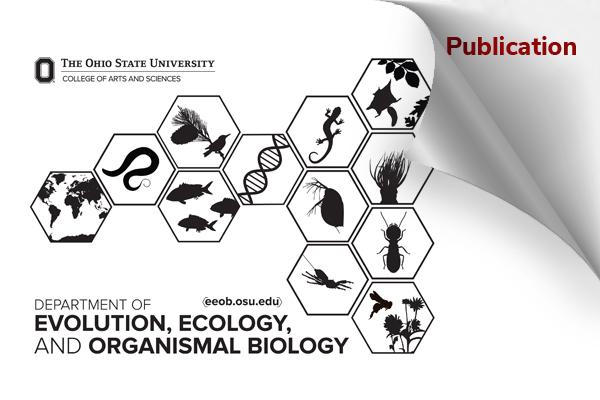EEOB Publication - Harris & Bennett

Exploring Bacterial Interactions Under the Stress Gradient Hypothesis in Response to Selenium Stress
Kristian J. Harris, Alison E. Bennett. Environmental Microbiology Reports. September 202517(5). DOI:10.1111/1758-2229.70191
Abstract
The Stress Gradient Hypothesis (SGH) predicts that interspecific interactions shift from competition under low stress to facilitation under high stress. Historically, this framework has been extensively studied in plants, but its application to microbial communities remains underexplored. Here, we review literature to examine bacterial interactions under heavy metal stress, using selenium (Se) stress as a model for heavy metal‐induced environmental pressures. Se, a naturally occurring and anthropogenic metalloid contaminant, provides oxidative stress on bacteria, which will modify competitive and facilitative behaviours under the SGH framework. At low Se concentrations, bacterial interactions are predominantly competitive, driven by resource competition and antimicrobial strategies. However, as Se stress increases, we predict facilitative interactions to increase, including detoxification mechanisms that reduce toxicity for Se intolerant species. We discuss methodologies to measure bacterial competition and facilitation, propose experimental approaches to identify the transition between these interaction modes, and explore the implications of species richness in microbial stress resilience. Understanding these interactions provides insights into microbial ecology, biogeochemical cycling and potential applications in bioremediation.
